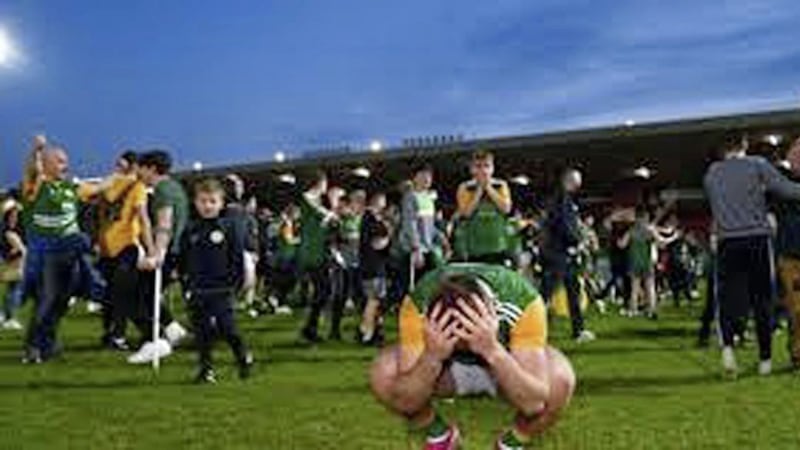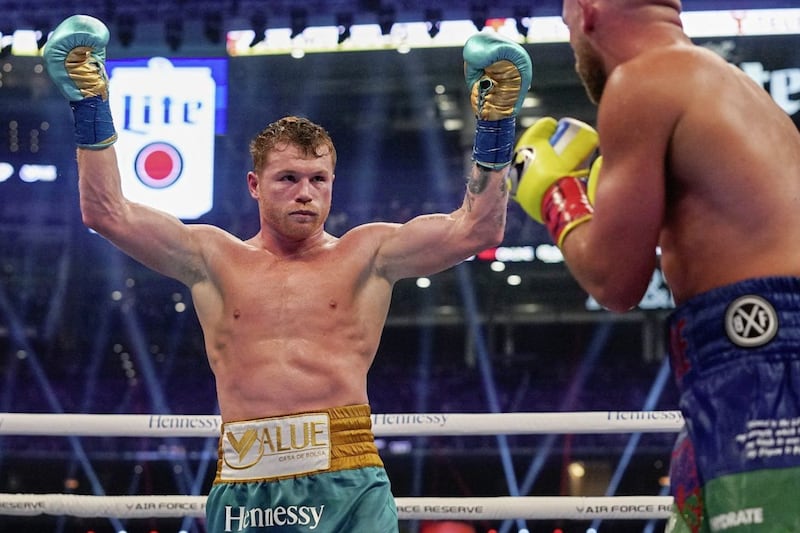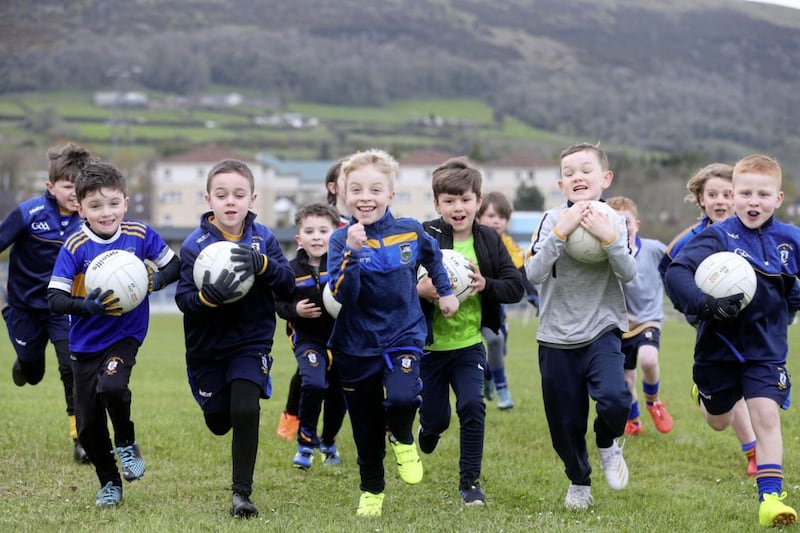THE words and phrases involved weren't exactly inspiring: partnership; webinars; calculating; safe capacity; social/physical distance guidance.
Yet add in two more magic words – sport events – and the message in the Tweet from Sport NI was more uplifting than any power of positive thinking mantra could ever be.
Fans are on their way back.
Of course, we don't know when, and working out how the nine categories can be co-ordinated across the five stages of Stormont's lockdown exit plan (or is it five categories and nine stages?) would tax much mightier brains than mine.
They may deem it safe to let spectators into stadia – but will you be allowed to travel more than 10 miles to go to a match?
And will the chip and burger vans be able to operate?
Yet the very act of planning for spectators at games offers hope, optimism that we will emerge from this gloomy winter into a warming summer of sport, maybe even a late spring into action.
Sure, elite sport has been carrying on, at least for soccer and rugby, but it has largely been doing so without supporters, at least on these islands.
One of the most depressing acronyms of the past year has been BCD – behind closed doors.
Last year, when we were released from the first lockdown, everyone was grateful for any sport.
We were spoiled even more when limited numbers of supporters were allowed at some matches – for a limited time.
The games I'll long remember from the latter half of 2020 were club clashes, particularly the Tyrone and Fermanagh football finals.
Who knows, Dungannon and Ederney might have ended their long, long waits to taste senior county success again anyway, even if there hadn't been any supporters allowed in.
Yet there's no doubt that the raucous backing of their clubmen, women, and children in the stands drove them on, pushed them over the winning line.
Those were memorable occasions, made more memorable by the people being there.
In contrast, the inter-county matches without supporters allowed in were played out in a sterile, soulless atmosphere, or lack of atmosphere.
Of course there was some good entertainment on show on the pitches, but the overall experience was sadly lacking.
There was little sense of occasion at all without the input from fans during the games and especially without their celebrations afterwards.
The soundtrack of substitutes and management teams barracking goalkeepers and free-takers was even more annoying than usual when it could be heard in isolation.
There was only one winner in that particular 'club versus county' debate.
The GAA probably made the sensible decision by deciding not to allow any spectators into inter-county games when they resumed last year; is it even a criticism to say that they erred on the side of caution?
Besides, although this column has regularly advocated some sort of loyalty scheme for supporters when it comes to in-demand major matches, allocating a few thousand tickets for All-Ireland Finals would have been a logistical and PR nightmare.
Still, it would be wonderful if when games return, they do so in front of actual real live supporters, streaming through the gates rather than streaming matches onto their TVs and laptops.
It was often said that the Club Players' Association represented 98 per cent of the playing populace. It shouldn't be forgotten that supporters far outnumber the players.
There have been understandable fears expressed about the appetite of young people for sport after the lockdowns, worries that their interest will have waned, perhaps never to return.
That may be so, and it's certainly a legitimate concern as far as participation levels go.
However, it's likely that interest in watching will be high, indeed that there might even be a scramble for tickets.
It might be a more stately, slow sort of scramble, led by the older generation who have had all their vaccines, but not many people will have to be persuaded to peel themselves off their sofas and go to a game if they're physically able to do so.
As well as the official decisions and guidance about how many people will/ should be allowed into grounds, people may have to make their own personal risk assessments, factoring in who they come into contact with in their own daily lives.
People need to be sensible, and when they meet up resist the natural instinct to congregate too closely.
Of course there may have to be tighter restrictions on supporter levels for indoor sports – but is it really a sport unless you can fire a ball high up into the air anyway?
We know it won't be the same as before.
The queues for the toilets should be shorter; then again, maybe they'll be as long as ever if people are actually taking the time to wash their hands, never mind washing them for as long as it takes to sing two rounds of 'I'm a little teapot'.
Masks might also help tone down, or at least limit the volume, on the abuse directed towards match officials and players, of the opposition and own team varieties.
Possibly there'll even be room for people to put up umbrellas without the traditional chorus of complaint.
Let's hope that a sensible balance is struck about 'safe capacity', bearing in mind the increasing volume of evidence that transmission of the virus outside is extremely limited.
There's still a long way to go but when the games do return, it would be great if some supporters are back at the same time.







